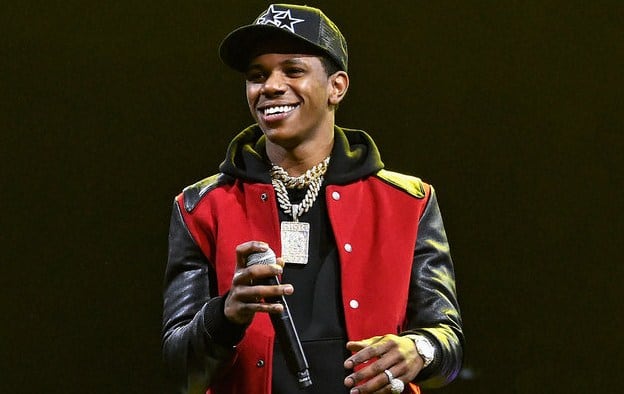

It feels almost like the album works hard to be unsurprising that’s how you end up with a song called “Startender” that features both Offset and Tyga. A Boogie works with all the usual-suspect producers and guests, never even touching the edges of his own comfort zone. There’s no dynamic fluctuation to the album - just the same disconsolate sing-rapping over florid pianos and big bass tones, over and over. A few weeks ago, A Boogie released Hoodie SZN, an absolute endurance test of an album. When A Boogie finds the right mood, too, he can sink deep into it, as on his hit 2017 Kodak Black collab “Drowning.” And even if his music sounds rootless and generic, he’s also been an influential voice within his city there’s a whole wave of New York underground kids crooning through Auto-Tune, doing their best to replicate his oddly fussy vibe.Īnd yet, when you listen to A Boogie at length, you hear a whole lot of nothing. Last year, the two of them teamed up with 50 Cent, who is somehow a spiritual ancestor of both of them, on “Yeah Yeah,” a lovely piece of gliding menace. When they’re on a track together, Don Q makes A Boogie sound tougher, and A Boogie makes Don Q sound slicker. I like his dynamic with frequent collaborator Don Q, a more traditional Bronx rap hardnose. This is not a compelling persona, but it’s led to some good music. He makes moody music, lamenting romantic entanglements and snarling that there are too many fake people out there and that it makes him want to go back to robbing. He’s also one of these guys who’s been talking about the travails of fame ever since he got the slightest bit famous.
#HOODIE SZN ALBUM HOW TO#
(In one of the most disarming moments on Hoodie SZN, A Boogie’s new album, he admits that Drake was once his idol and fondly remembers the time Drake brought him onstage at Madison Square Garden.) A Boogie has a strong sense of melody, and he knows how to make his voice float over a languid, bass-heavy beat.

(Even Tekashi 6ix9ine, a largely untalented troll who got over on shock value more than anything else, is a classic “no, fuck you” New York type.) But that wave has also led to someone like A Boogie Wit Da Hoodie - a young New York star who can come across as a massive gravitational void.Ī Boogie, now 23, emerged from the Bronx a few years ago, doing an emotive melodic singsong that owed everything to Drake. In some ways, that’s allowed New York’s rappers to thrive in a post-regional age. Instead, they adapt whatever’s going on in the moment, and the New Yorkness comes through in accent and outsize personality and brash confidence. They don’t rap over DJ Premier beats, or over beats that sound like late-’90s Tunnel bangers. Since then, we’ve seen a whole wave of New York rap stars - Cardi B, Sheck Wes, even Nicki Minaj to some extent - who never have to work to prove how New York they are.

Rocky’s parents had literally named him after one of the all-time pillars of New York rap, but he betrayed no anxiety of influence, drawing on ancestral Southern and West Coast rap almost as an affectation. How could snap music/ringtone rap/trap/drill/jerk/whatever else be so commercially dominant? Didn’t real rap mean anything anymore? Then, around seven years ago, A$AP Rocky emerged as the city’s biggest new star. For many years, after New York found that rap’s focus had wandered elsewhere, the city got surly and defiant. We are deep into the identity-crisis era of New York rap, and something interesting has started to happen.


 0 kommentar(er)
0 kommentar(er)
